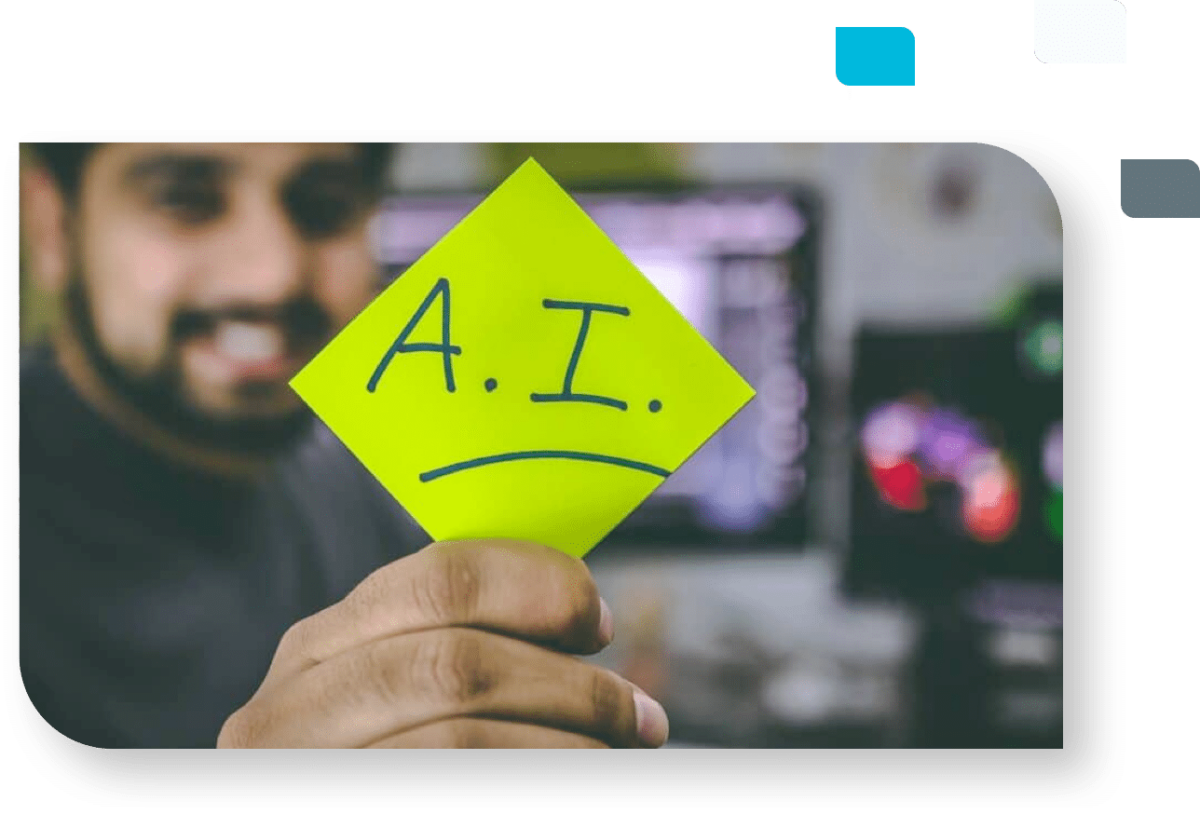While not new, generative AI (artificial intelligence) has rapidly ascended to the top of the K-12 education scene this year, creating fervor amongst a community with much to resolve already—declining benchmarks, limited budgets, staffing shortages, enrollment declines, and student wellness concerns to name a few. Since its coming out party in November 2022, generative AI has education leaders scrambling to discover its wide-ranging implications.
As an educational tool, generative AI has tremendous power, for both “good” and “bad.” On the positive side of the ledger, generative AI has the potential to significantly enhance learning and extend staff bandwidth, including:
- Delivering real-time feedback and assessments on schoolwork, allowing teachers and students to identify strengths, opportunities to improve, and supportive needs.
- Creating personalized, adaptive lesson plans based on a student’s assessed level of aptitude.
- Developing learning activities to engage students across various subjects.
- Generating questions based on a student’s current level of understanding.
- Providing step-by-step hints to accelerate a student’s problem-solving and learning.
- Generating email and other messages for teachers to send to parents.

The flipside, of course, is the potential for generative AI to introduce new learning gaps, as well as burdensome challenges for educators. Most obvious of threats is the unethical use of generative AI as a method of plagiarism. However, the challenge of generative AI as an educational crutch cuts deeper. Generative AI has the capability to replace many educational activities which develop critical thinking and problem-solving skills, with students providing a perfect supply and demand equilibrium in their desire for immediate answers.
One more conspicuous threat of generative AI is its ability to exacerbate the digital divide.
The digital divide in education is the unequal access to technology and digital resources for learning. Disparities in digital access remains a challenge for K-12 education. Rudimentary challenges such as basic internet connectivity outside of the school building still plague millions of students.
But, before we examine generative AI’s threat on universal connectivity and the digital divide, let’s level set the conversation by clearly defining generative AI.
What is generative AI?
Generative AI is a form of artificial intelligence that learns from existing data to generate new content that reflects the characteristics of its input training data but does not repeat it. As a result, generative AI produces a wide variety of new content, and its outputs include text, images, videos, music, speech, software code and product designs.
Some of the most popular generative AI tools for educators and students are ChatGPT, GPT-4, Bard, and the AI video platform, Synthesia, among others.
Generative AI’s threat to widening the digital divide
Generative AI threatens to widen the digital divide in several ways. The cloud costs of generative AI models are quite expensive. So, just as the technology is destined to live with us forever, it’s also destined for a great number of tools to sit behind a pay wall. That, alone, negatively affects the democratization of the tools.
With pay walls, generative AI tools threaten to create two classes of students, those with access and those without. It will further erode connectivity throughout a district.

One solution, of course, is for a school district to provide equal access to tools, and to have the tools reside within its own network, inside its firewall. That solution, however, raises internal, administrative and fiscal challenges for school districts, and does little to address other potential threats.
Generative AI potentially suffers from the danger that has been around since the dawn of the Information Age and the use of computers—the concept of “garbage in, garbage out,” also known as “GIGO,” the longstanding concept that flawed input data produces flawed output. Generative AI, of course, is dependent on the input data on which it is trained.
Disparate access to generative AI tools in schools inherently creates a bias in the data on which the tool is fed. Underserved communities will naturally have less input. But access isn’t the only concern, as minority representation within the tools will have lasting, perpetuating effects. Over time, the output generated by disproportionately used tools will be, perhaps, irreparably biased.
Moving forward with generative AI in schools
Try as a great many might, generative AI is not going away. The genie is out of the bottle, and it’s here to stay. It’s up to educators and edtech solution providers to determine the most effective way to tap into the technology’s potential while, at the same time, mitigate its very real risks.
Like all beneficial technologies, generative AI also arrives with its fair share of limitations, challenges and potential for misuse. A great deal of attention has been focused on generated educational content built off biased data potentially perpetuating or even amplifying stereotypes or prejudices. However, going forward, we must not minimize the danger of widening the digital divide among students, families, and communities.
Without universal access and use of generative AI tools—and all technology, for that matter—the digital divide in education is destined to widen, threatening the very tenets of school districts nationwide.

